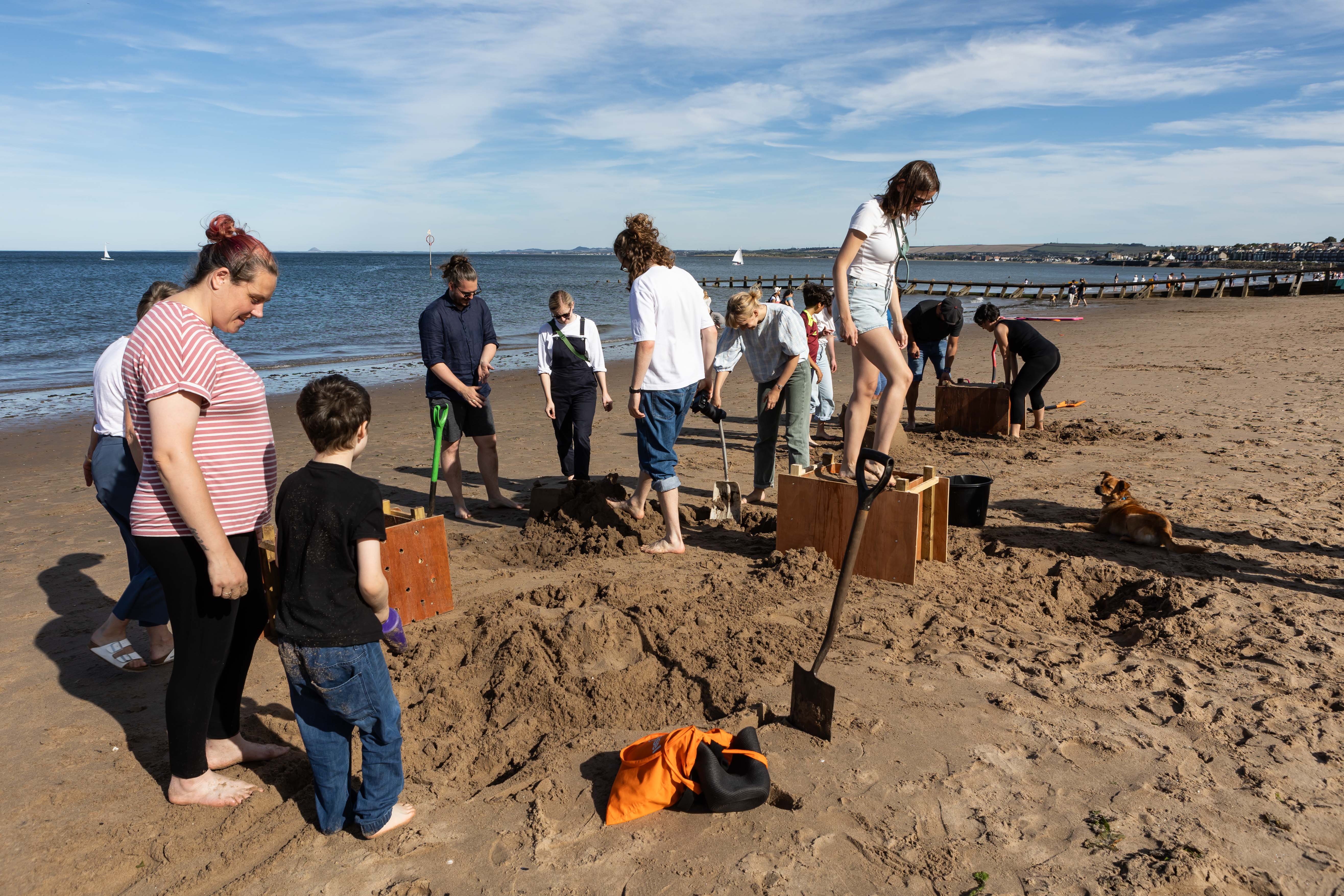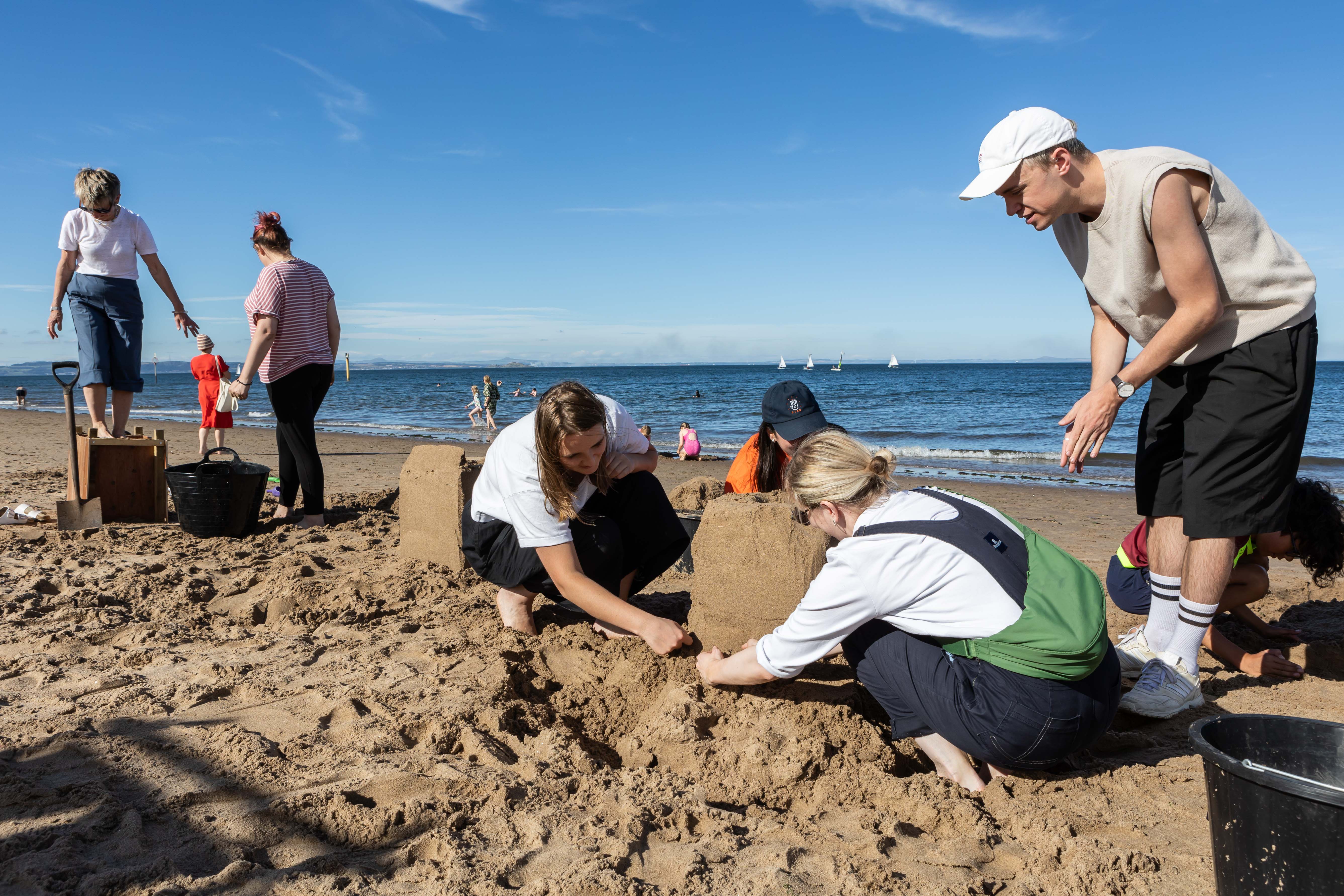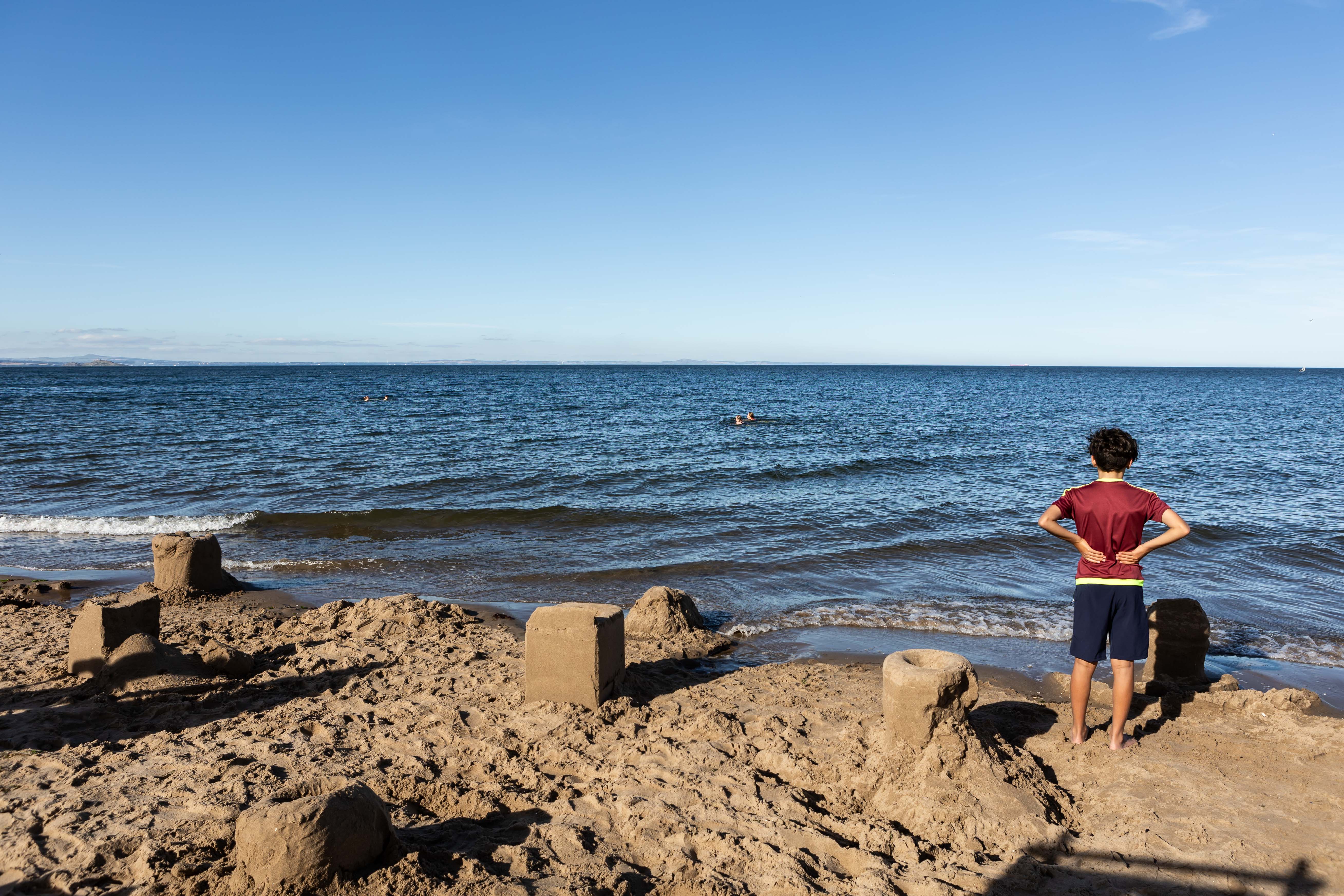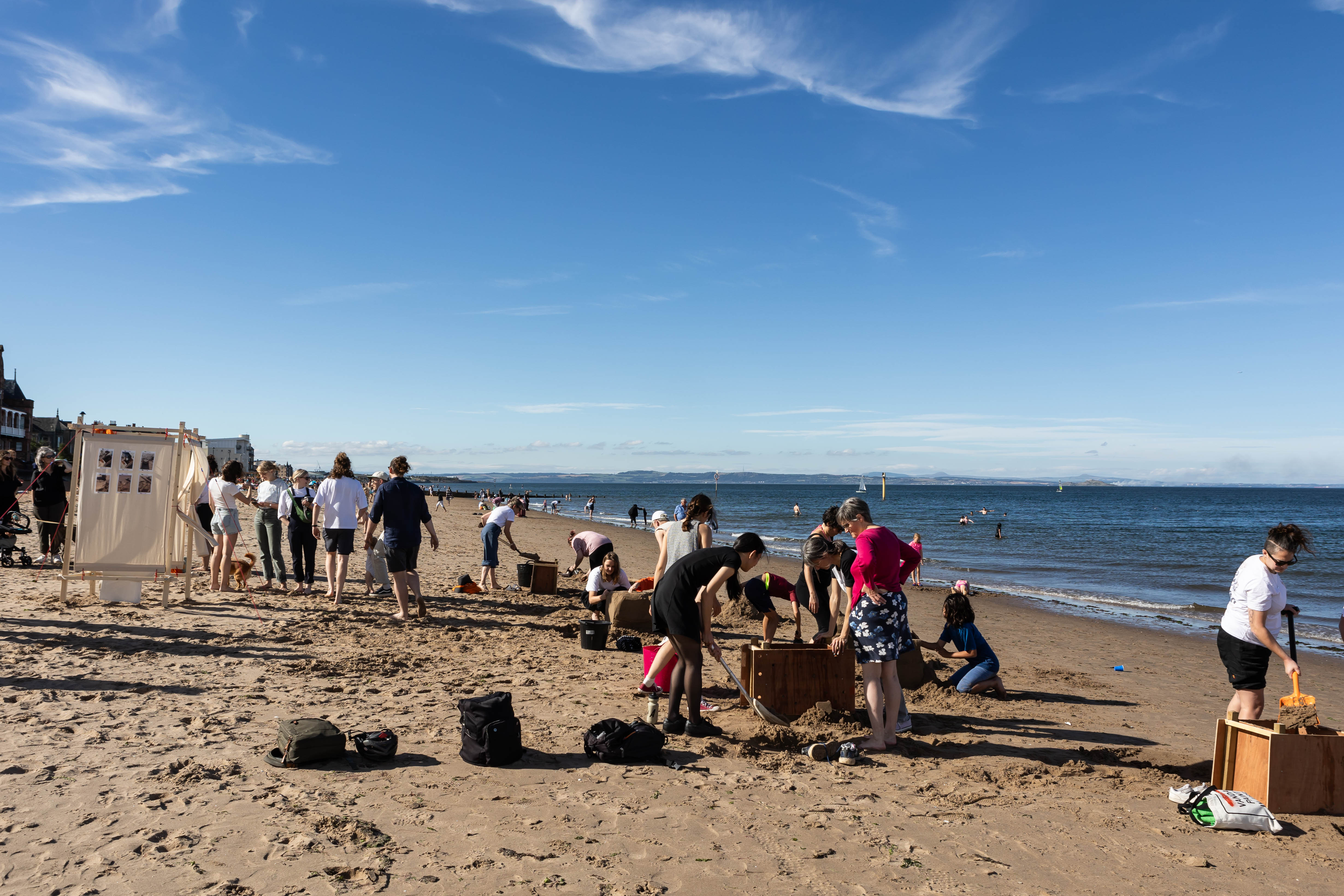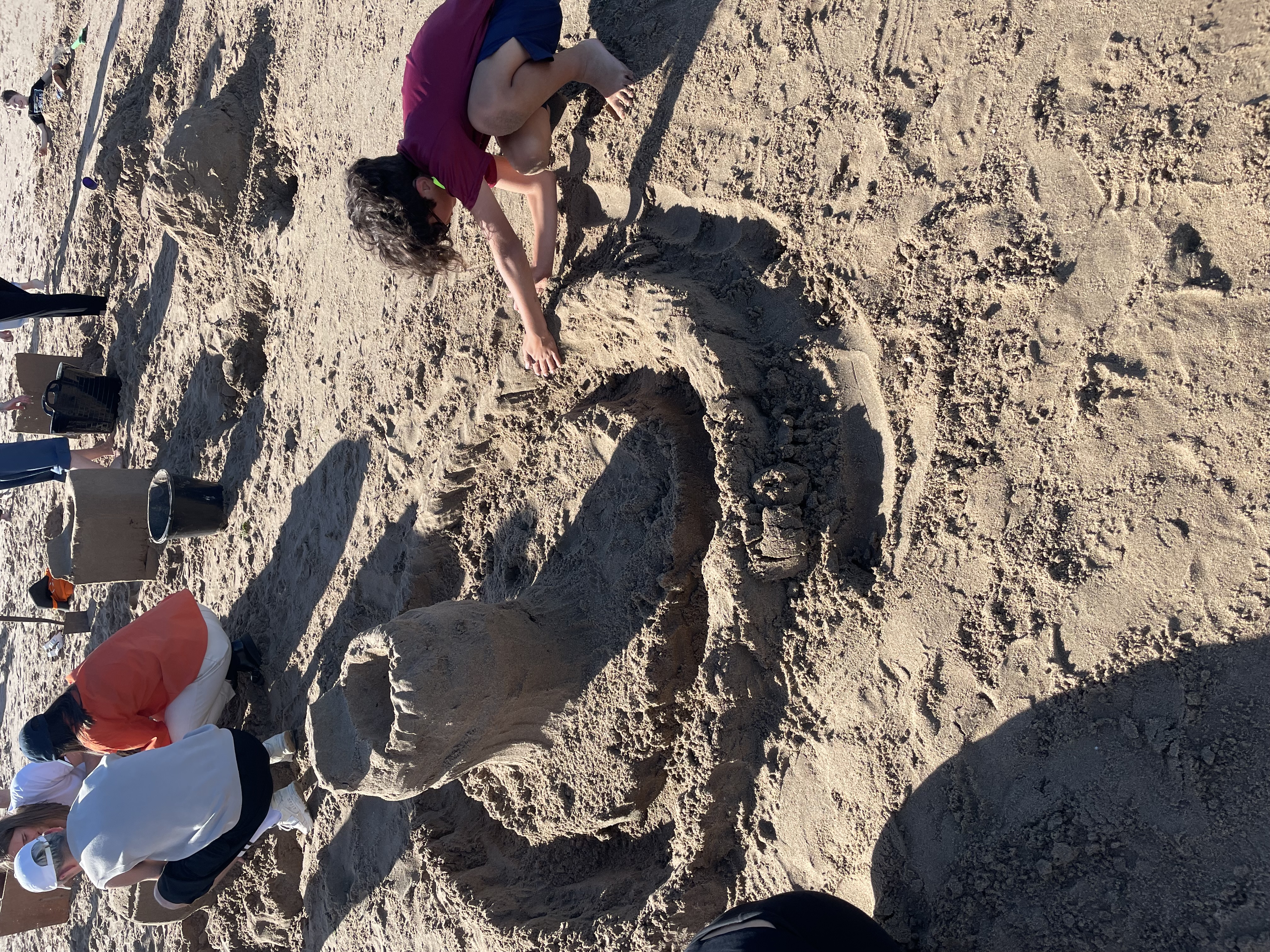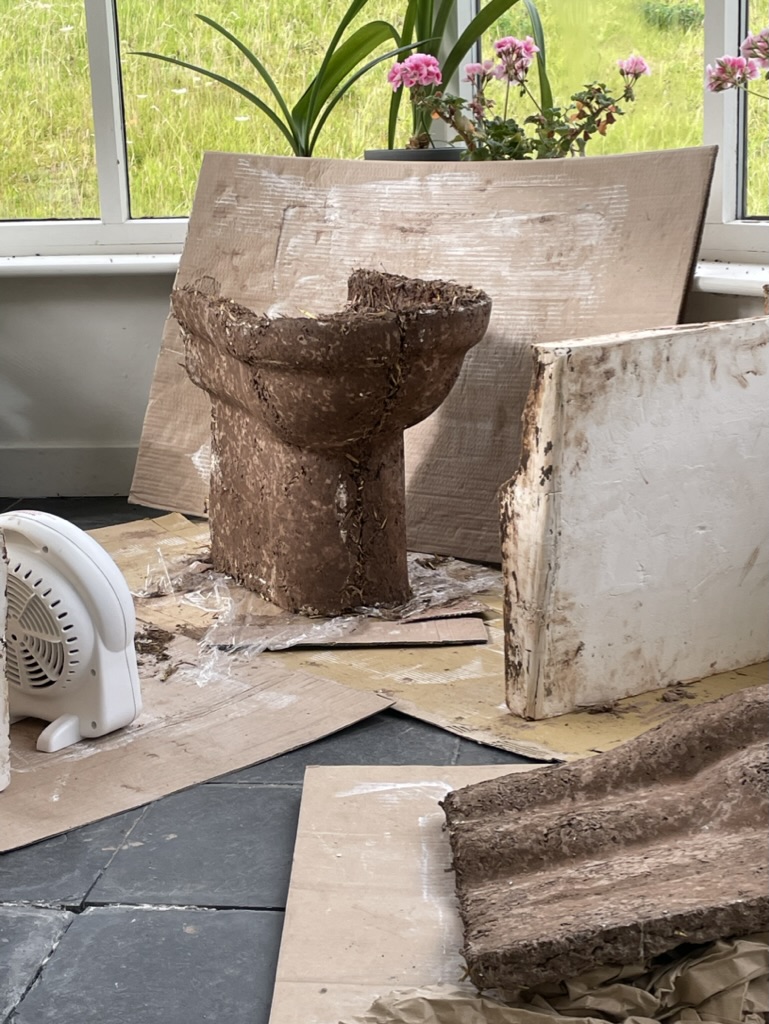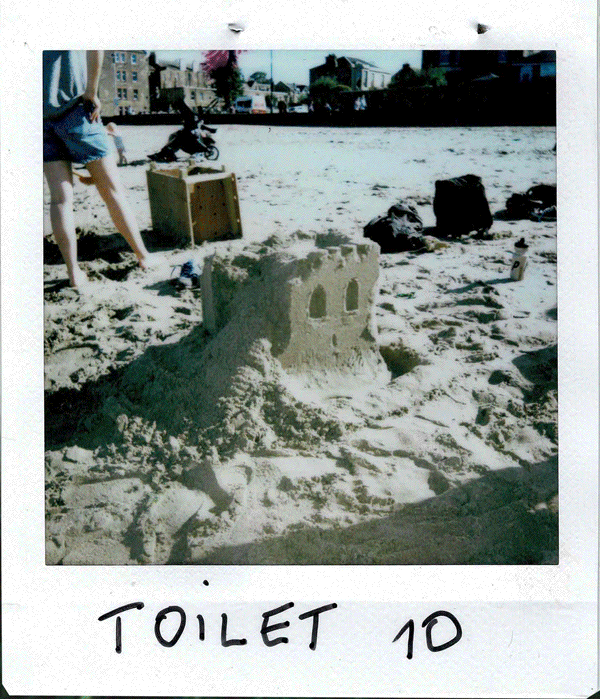
Stool To Stool
As part of a residency programme with Arty Porty and the Vessal festival, Stool to Stool is a continuation of, ‘A Gallery of WasteWater’, a project which imagined a museum dedicated to waste. What we choose to place in museums reflects what we consider to be valuable as a society and by situating the project in a city centre, the museum places the idea of waste and consumption at the heart of a collective psyche. The museum showcases the treatment and processing of (human) waste into valuable products. This fictional museum had no artefacts or collections. So this project, develops on this idea by producing exhibits for this imaginary museum.
We are actively reshaping our natural environment into an efficient machine to service and facilitate our modern lifestyles. The transition to this new geological age of the Anthropocene can be observed through our consumption of natural resources and the invisible infrastructure we construct beneath the ground. The vast amounts of wiring, plumbing, and transport networks have become a quasi-strata of man-made geology. The transition to this unsustainable level of development can be seen through the development of Portobello.
In the early 17th century, Portobello was a desolate expanse of moorland known as Figgate Whins. Devoid of any agricultural use, the land held little value. However, the discovery of clay beds near the Figgate Burn by William Jamieson in 1765 transformed the area’s worth by exploiting the local natural resources. This led to the establishment of many ceramic works, becoming the driving force behind Portobello’s urban development. Producing goods such as toilets, drains, bricks, and tiles, which facilitated the modern lifestyle emerging during the Industrial Revolution. The town grew to accommodate the burdening workforce. Additionally, the construction of a harbour in 1788 further fuelled Portobello’s expansion by connecting the industry to new trading opportunities and emerging markets. The clay beds had laid the metaphorical and physical foundations for Portobello’s development. The Victorians, after exploiting the clay beds, then capitalised on another natural resource in Portobello: the fine sands, promoting it as a bathing and tourist destination which, in turn, led to more growth and infrastructure.
One particular object that encapsulates this connection between individualism, waste, and human “progress” is the toilet. Having been manufactured in Portobello for many it stands as a universal piece of furniture that we all have an intimate understanding of. Through its interconnected network of pipes, it linked us to every other bathroom in the city. Yet we think of it as a strictly intimate experience. The toilet is emblematic of the wider infrastructure we have created to dispose of our waste—out of sight, out of mind.
We are actively reshaping our natural environment into an efficient machine to service and facilitate our modern lifestyles. The transition to this new geological age of the Anthropocene can be observed through our consumption of natural resources and the invisible infrastructure we construct beneath the ground. The vast amounts of wiring, plumbing, and transport networks have become a quasi-strata of man-made geology. The transition to this unsustainable level of development can be seen through the development of Portobello.
In the early 17th century, Portobello was a desolate expanse of moorland known as Figgate Whins. Devoid of any agricultural use, the land held little value. However, the discovery of clay beds near the Figgate Burn by William Jamieson in 1765 transformed the area’s worth by exploiting the local natural resources. This led to the establishment of many ceramic works, becoming the driving force behind Portobello’s urban development. Producing goods such as toilets, drains, bricks, and tiles, which facilitated the modern lifestyle emerging during the Industrial Revolution. The town grew to accommodate the burdening workforce. Additionally, the construction of a harbour in 1788 further fuelled Portobello’s expansion by connecting the industry to new trading opportunities and emerging markets. The clay beds had laid the metaphorical and physical foundations for Portobello’s development. The Victorians, after exploiting the clay beds, then capitalised on another natural resource in Portobello: the fine sands, promoting it as a bathing and tourist destination which, in turn, led to more growth and infrastructure.
One particular object that encapsulates this connection between individualism, waste, and human “progress” is the toilet. Having been manufactured in Portobello for many it stands as a universal piece of furniture that we all have an intimate understanding of. Through its interconnected network of pipes, it linked us to every other bathroom in the city. Yet we think of it as a strictly intimate experience. The toilet is emblematic of the wider infrastructure we have created to dispose of our waste—out of sight, out of mind.
Life, particularly within urban contexts, becomes impossible to sustain without the toilet. Yet, the model it relies on—abundant water, intricate plumbing, and large-scale sewage systems—grows increasingly unsustainable and reliant on water, a resource we humans meticulously control. From its collection in vast dams and man-made reservoirs to channelling through subterranean pipes into our urban landscapes, nourishing our gardens, cleansing our bodies, and quenching our thirst, it ultimately finds its way back to the water processing plant, undergoing treatment before being released into the sea, perpetuating the cycle. The designer Bruce Mau put this succinctly in his exhibition ‘Massive Change’ when he said, “Most of the time, we live our lives within this invisible system, blissfully unaware of the artificial life, the intensely designed infrastructures that support them.”
With Seafield now hosting the largest water treatment plant in Scotland, the toilet stands as a physical reminder of the waste we all produce on the most human level. It connects to the history and development of Portobello as a metropolis, and it invites contemplation of the dichotomy between individualism and the collective, encouraging us to reflect on the broader consequences of our consumption habits.
This project involved running public workshops on Portobello beech encouraging people to engage with make to reconnect with the industrial heritage of Portobello and consider their own habits which contribute to the collective waste and start a conversation.
A separate toilet was made for the festival exhibition form a clay platers made form sediment collected from the banks of the Figgate Burn which was the location of the clay pits used in the industrial development of the town.
︎︎︎Photos: Sally Jubb Photography 2023
With Seafield now hosting the largest water treatment plant in Scotland, the toilet stands as a physical reminder of the waste we all produce on the most human level. It connects to the history and development of Portobello as a metropolis, and it invites contemplation of the dichotomy between individualism and the collective, encouraging us to reflect on the broader consequences of our consumption habits.
This project involved running public workshops on Portobello beech encouraging people to engage with make to reconnect with the industrial heritage of Portobello and consider their own habits which contribute to the collective waste and start a conversation.
A separate toilet was made for the festival exhibition form a clay platers made form sediment collected from the banks of the Figgate Burn which was the location of the clay pits used in the industrial development of the town.
︎︎︎Photos: Sally Jubb Photography 2023
